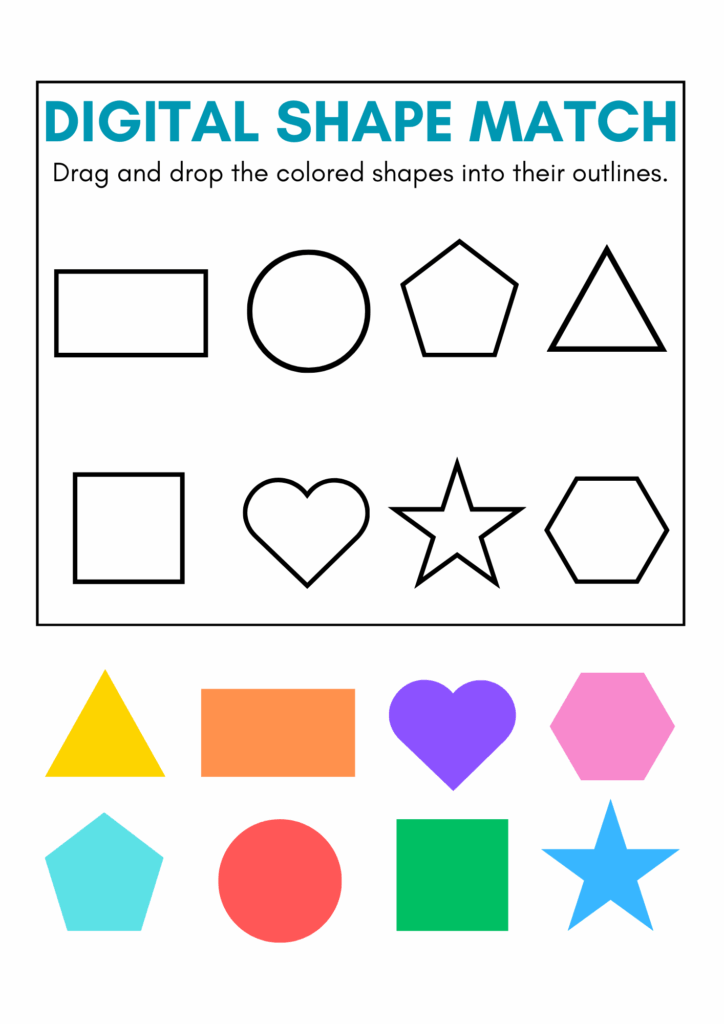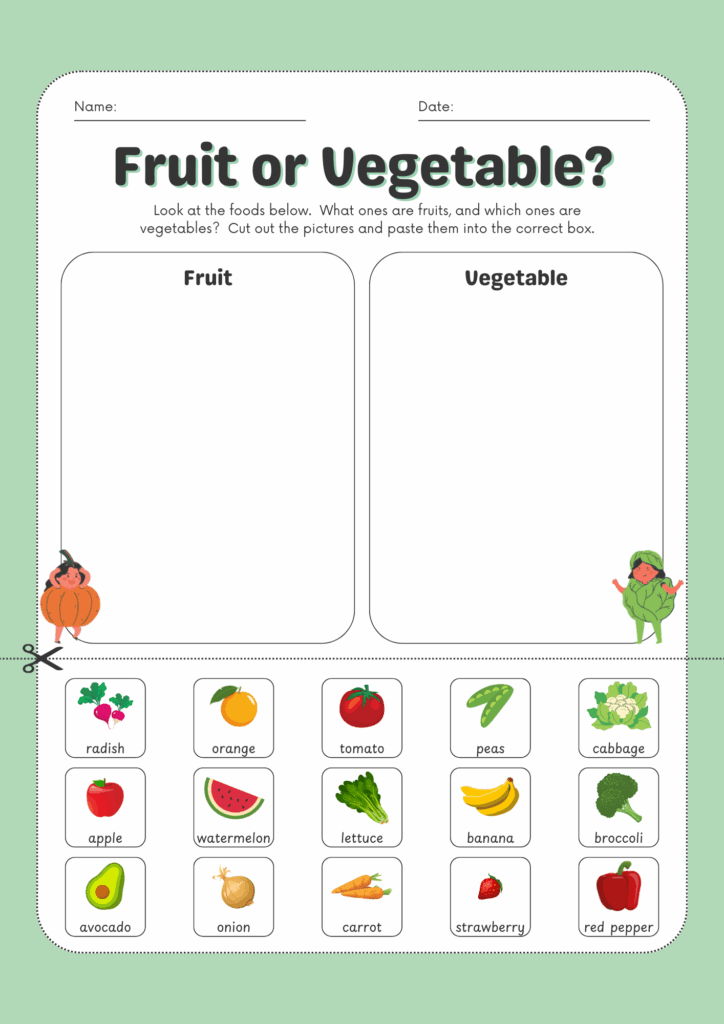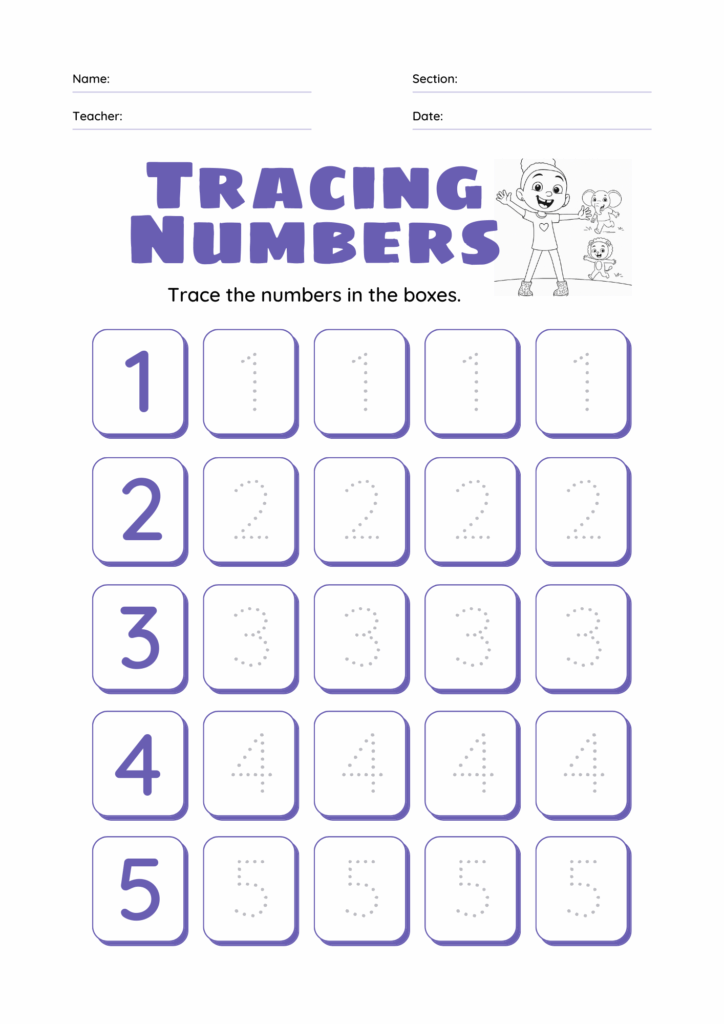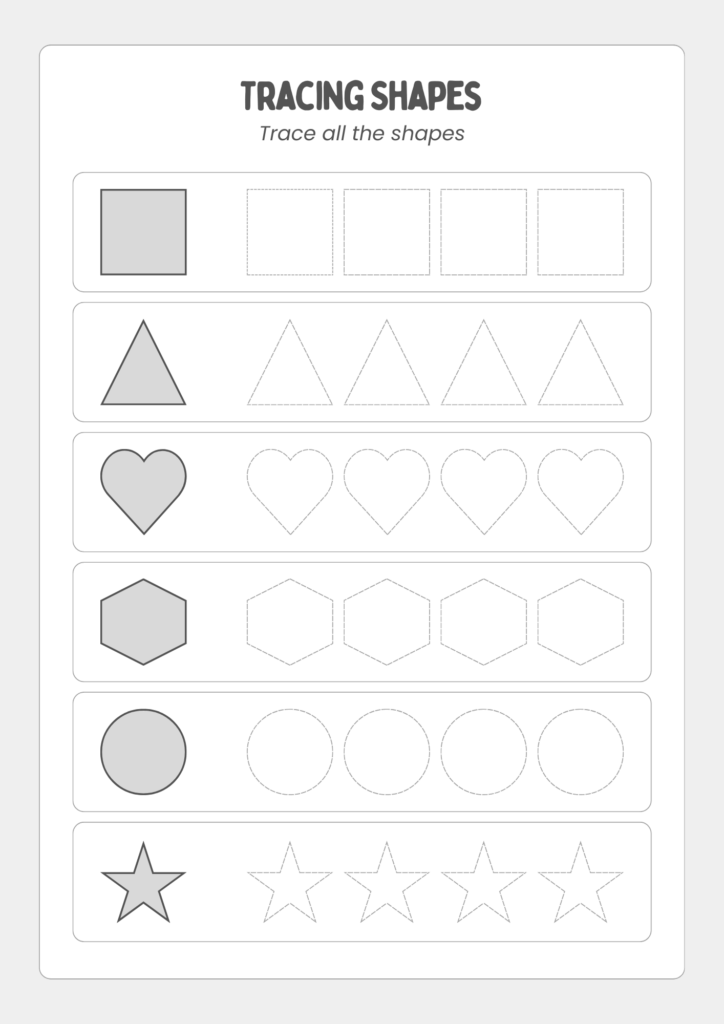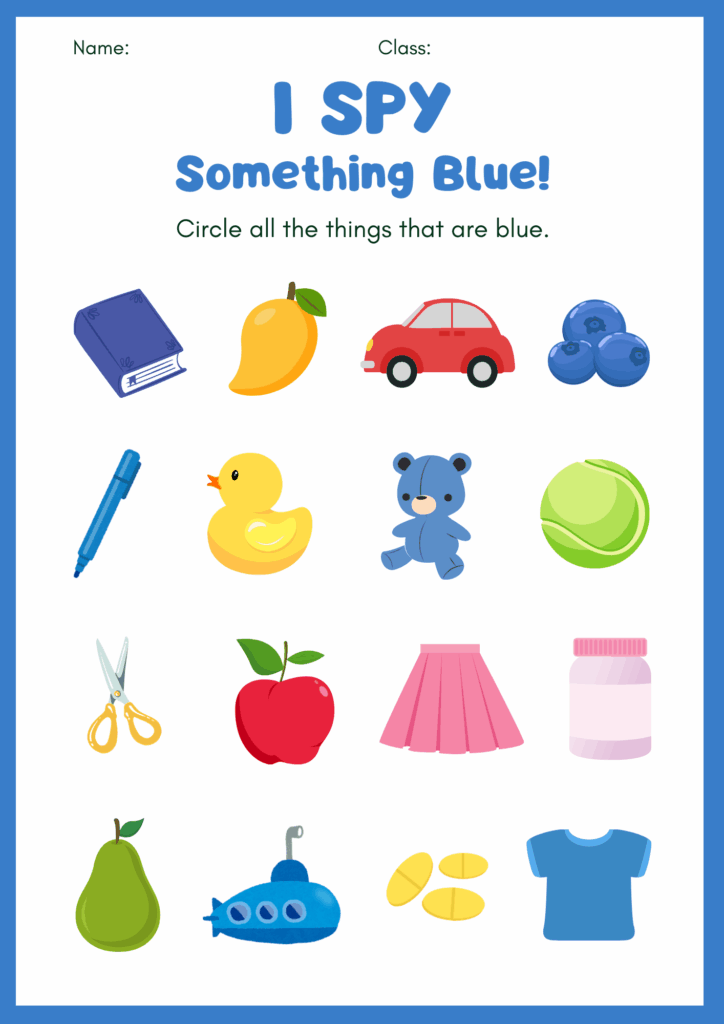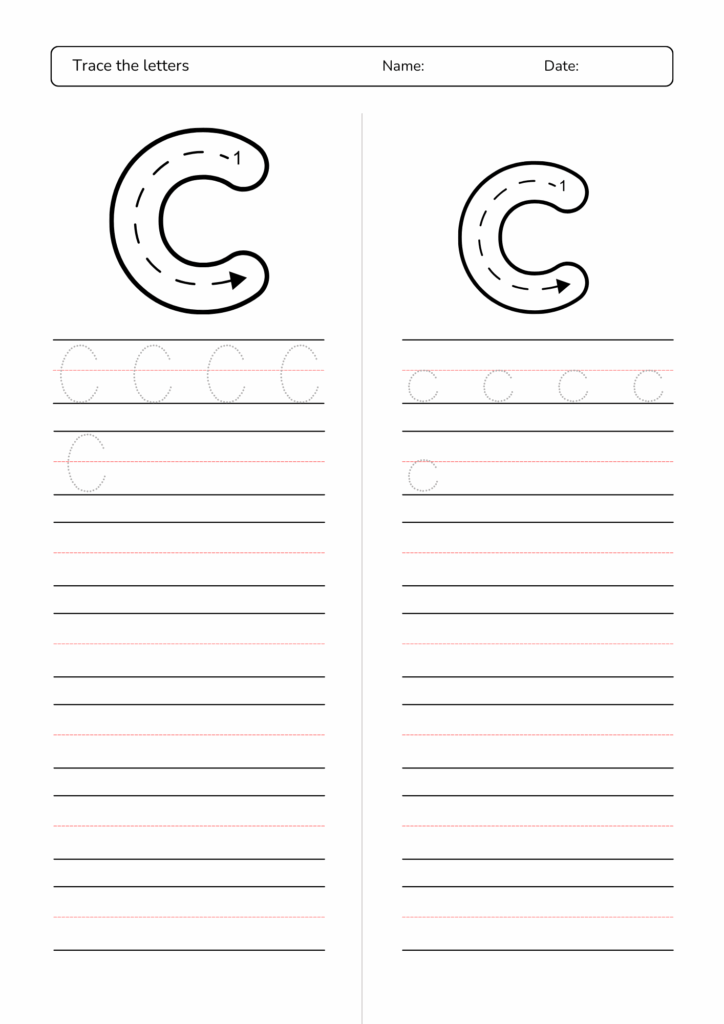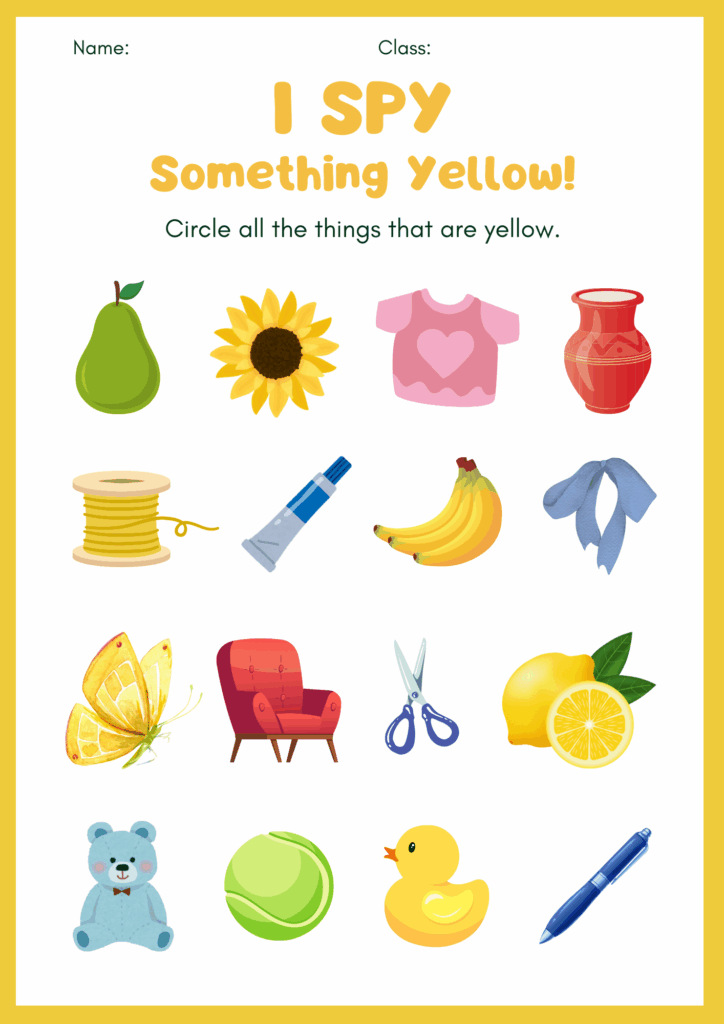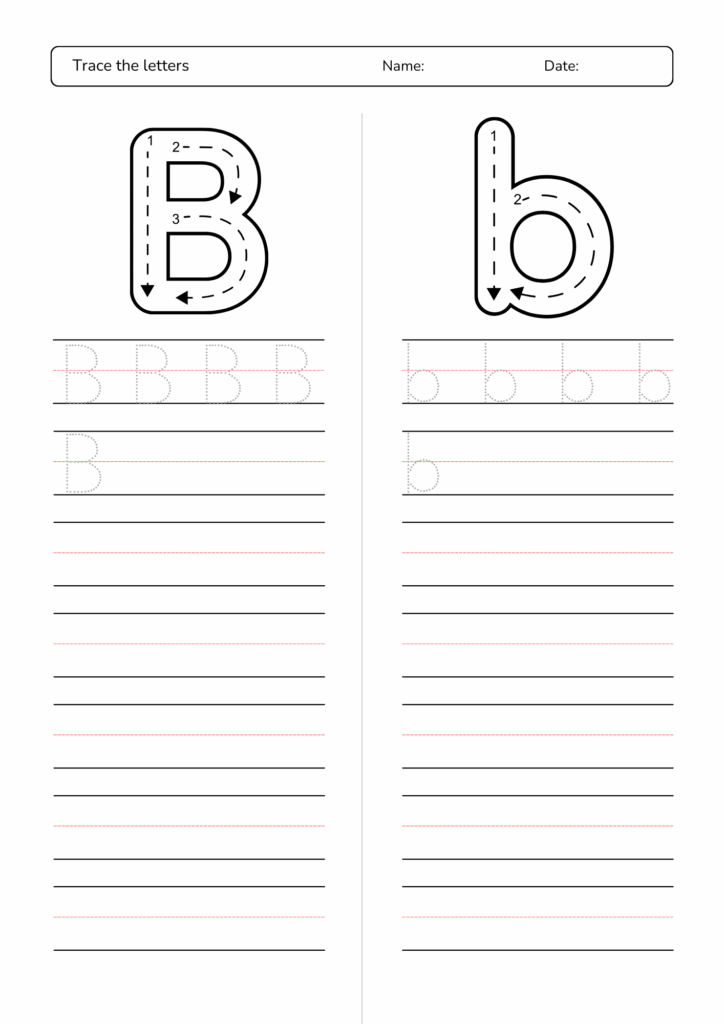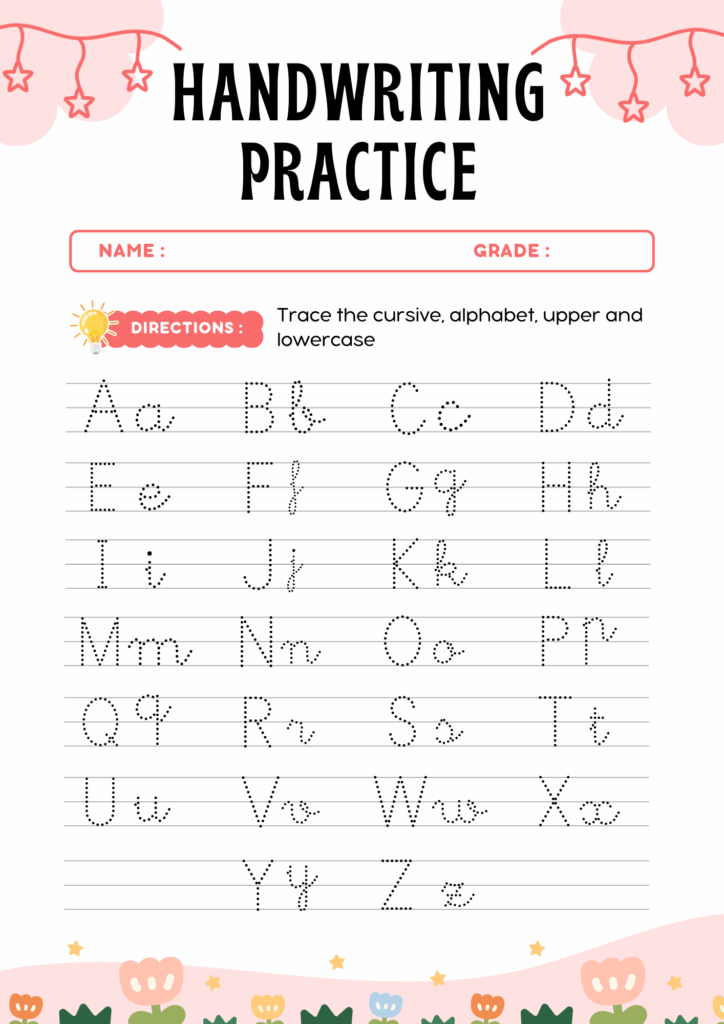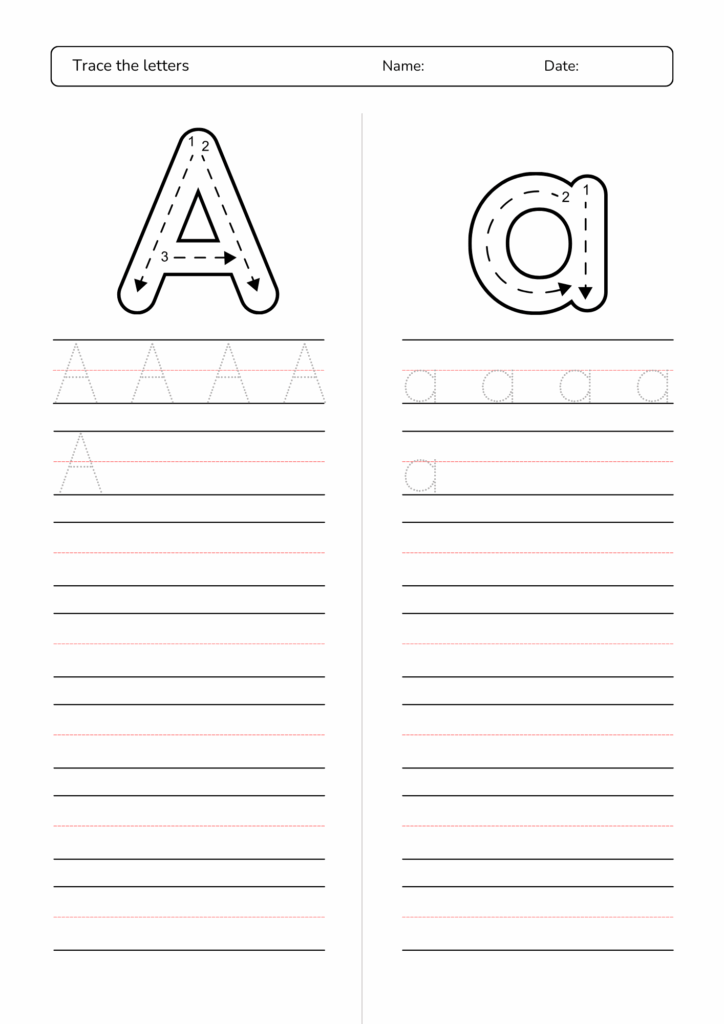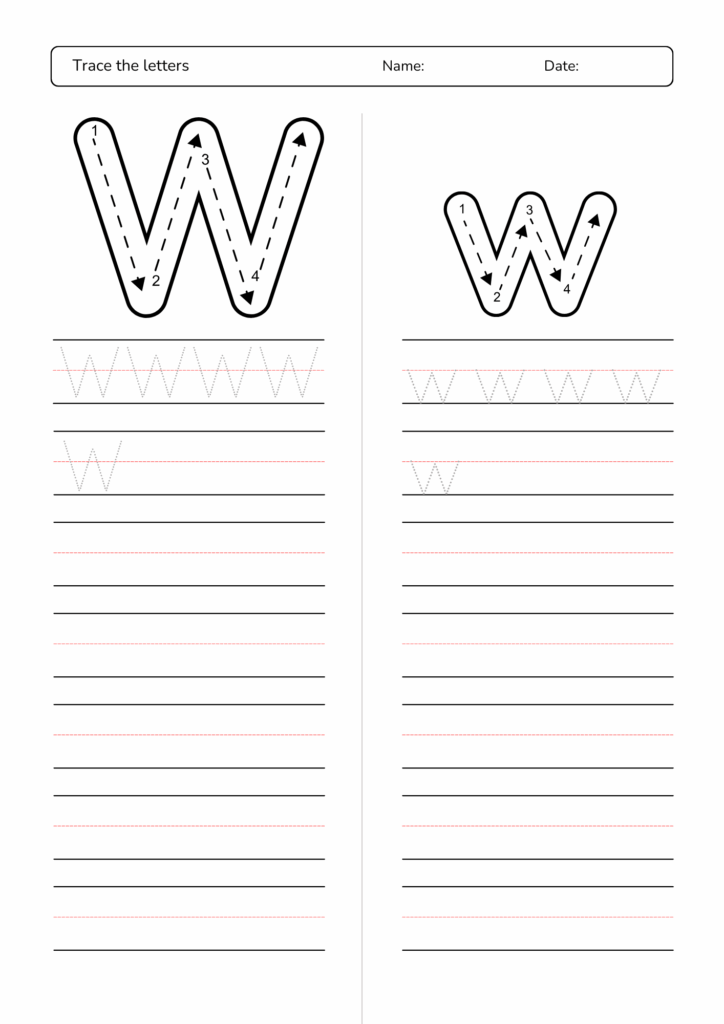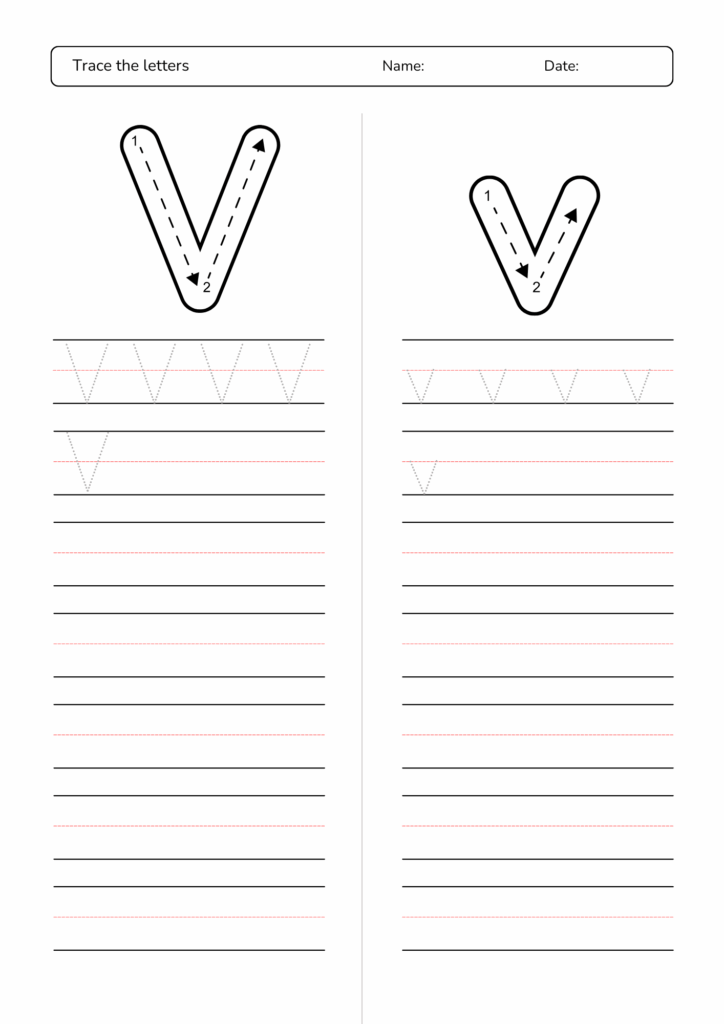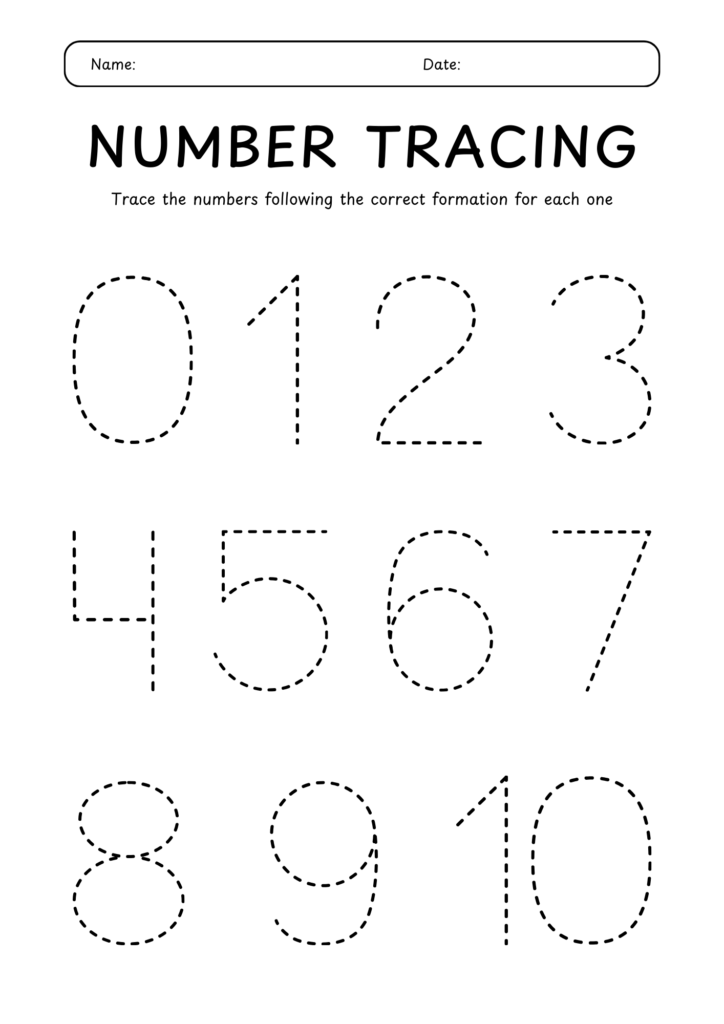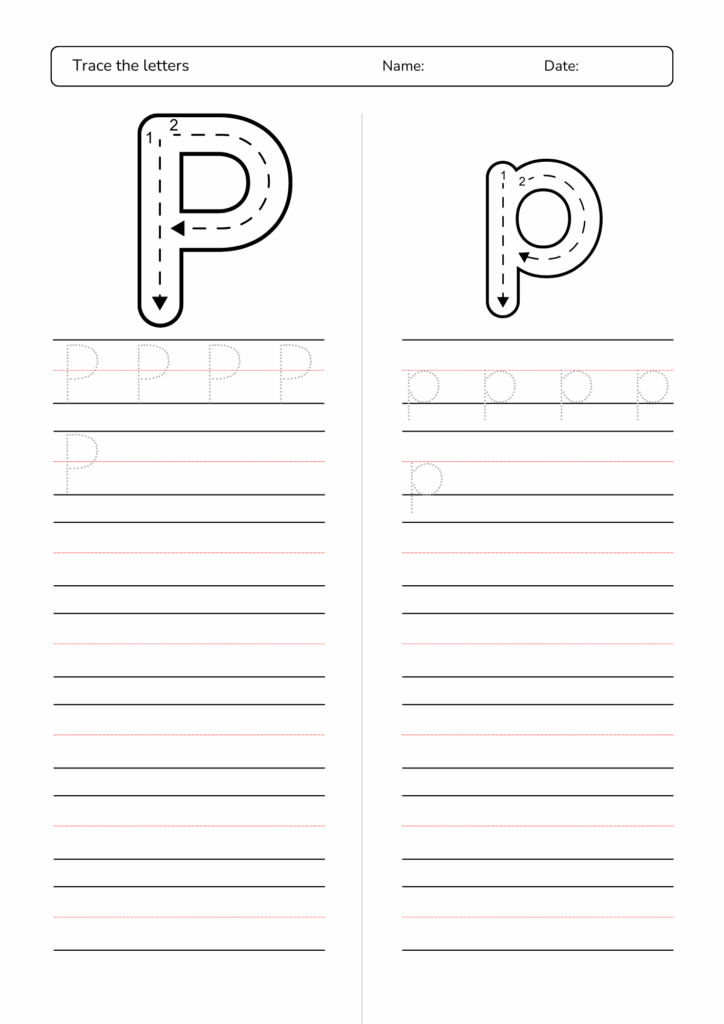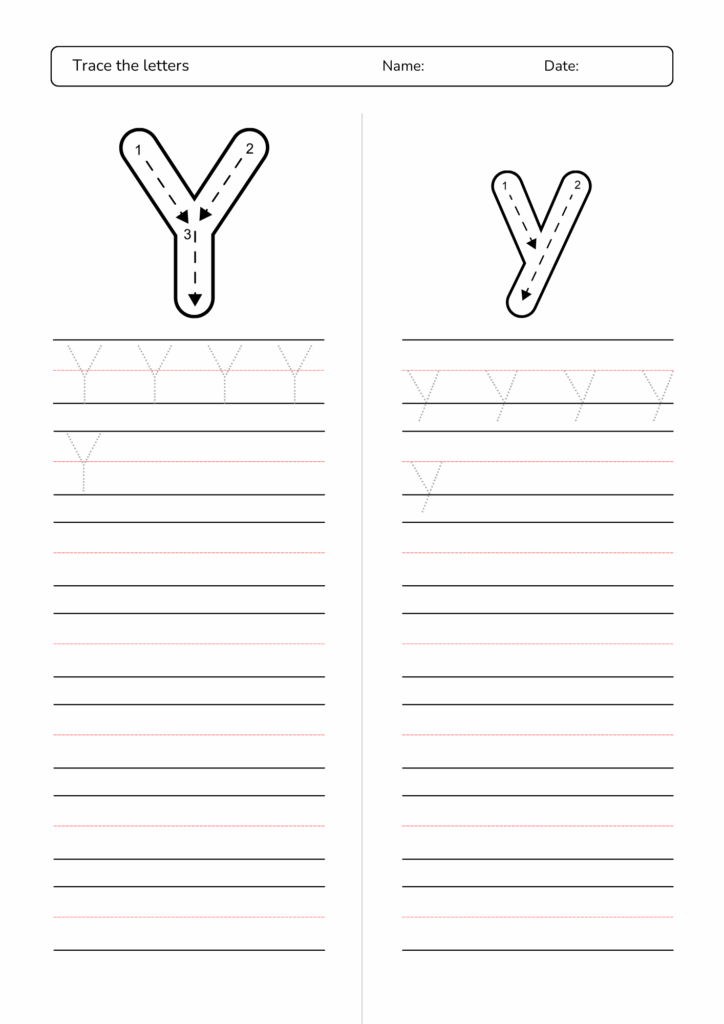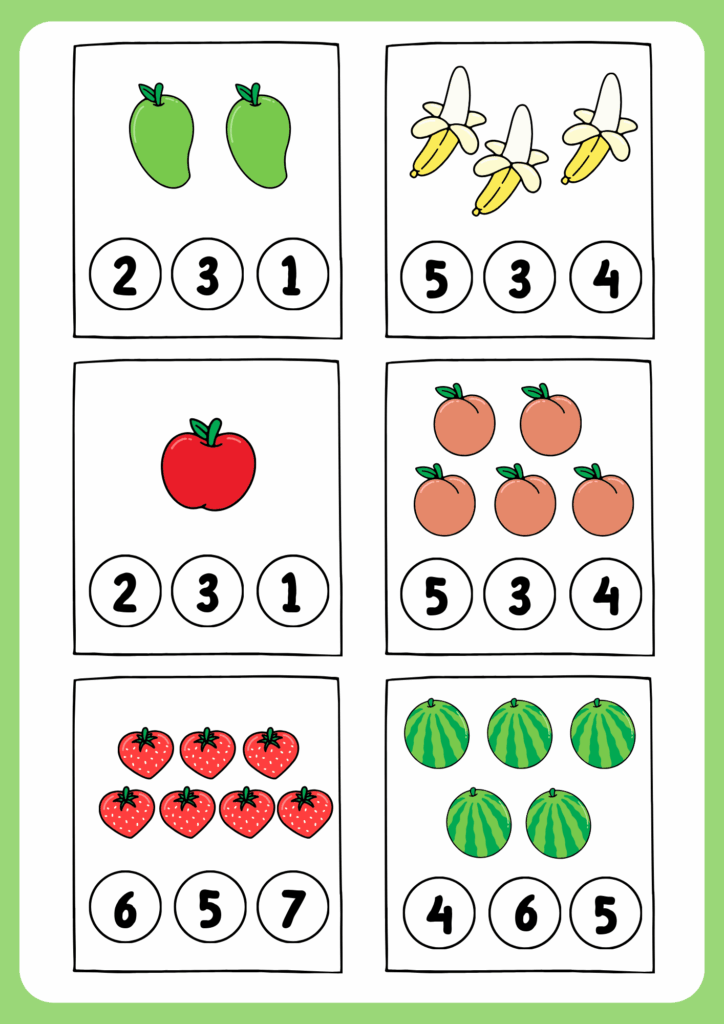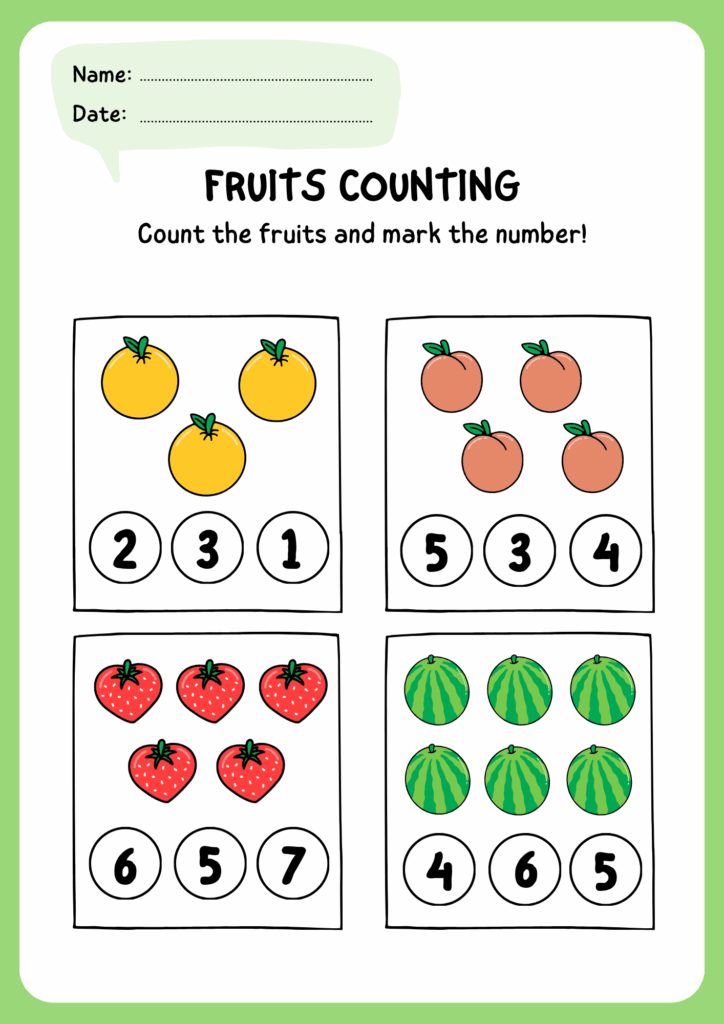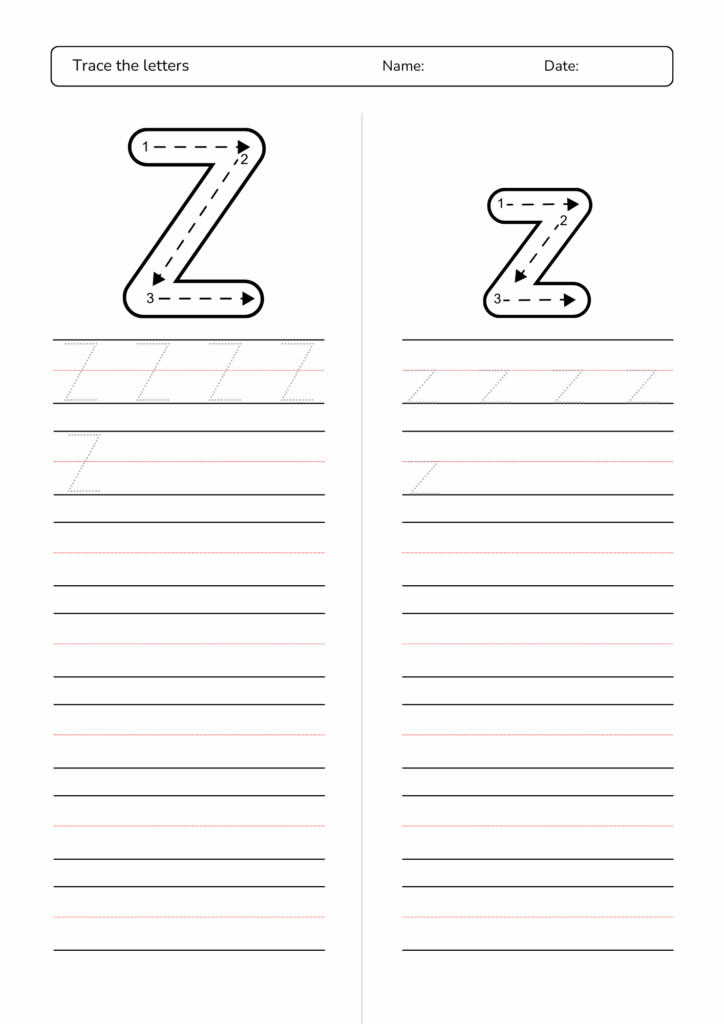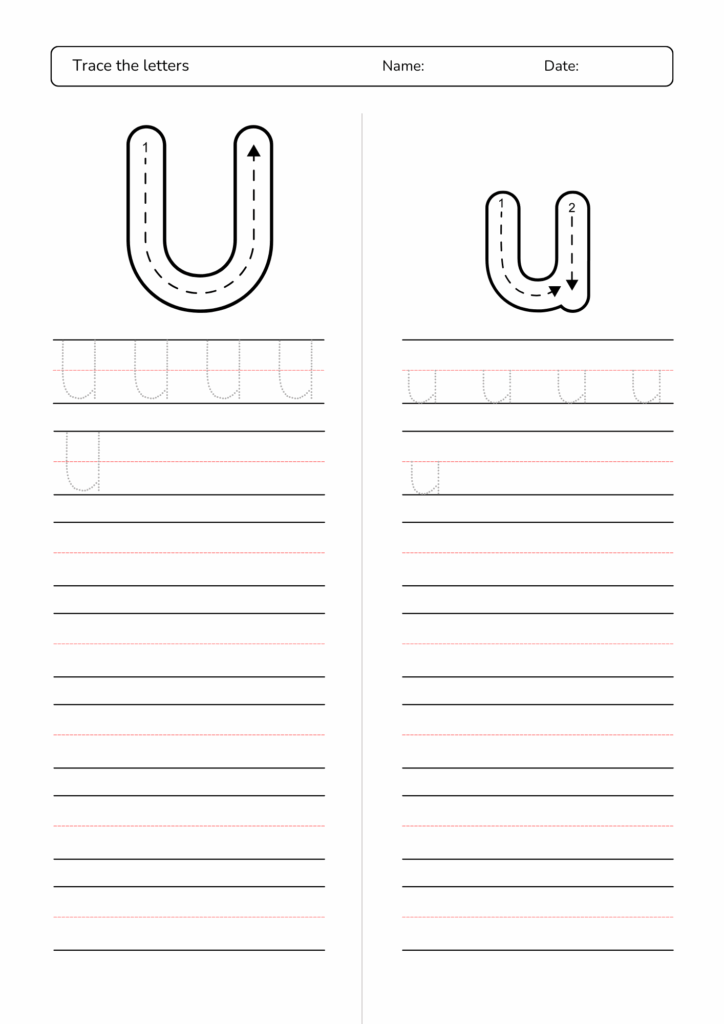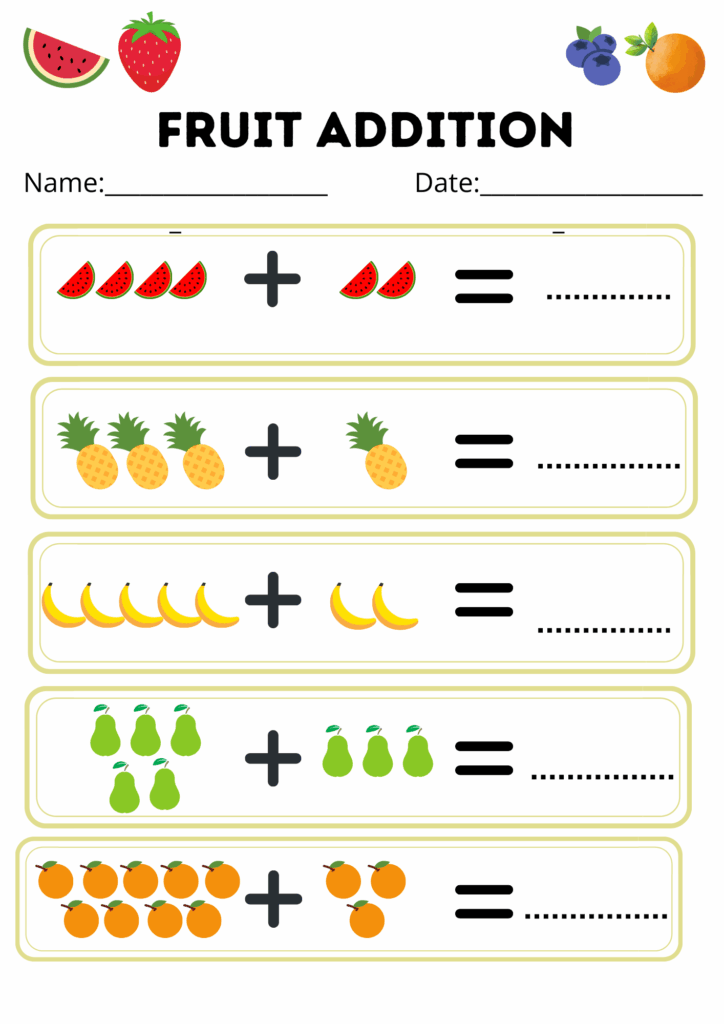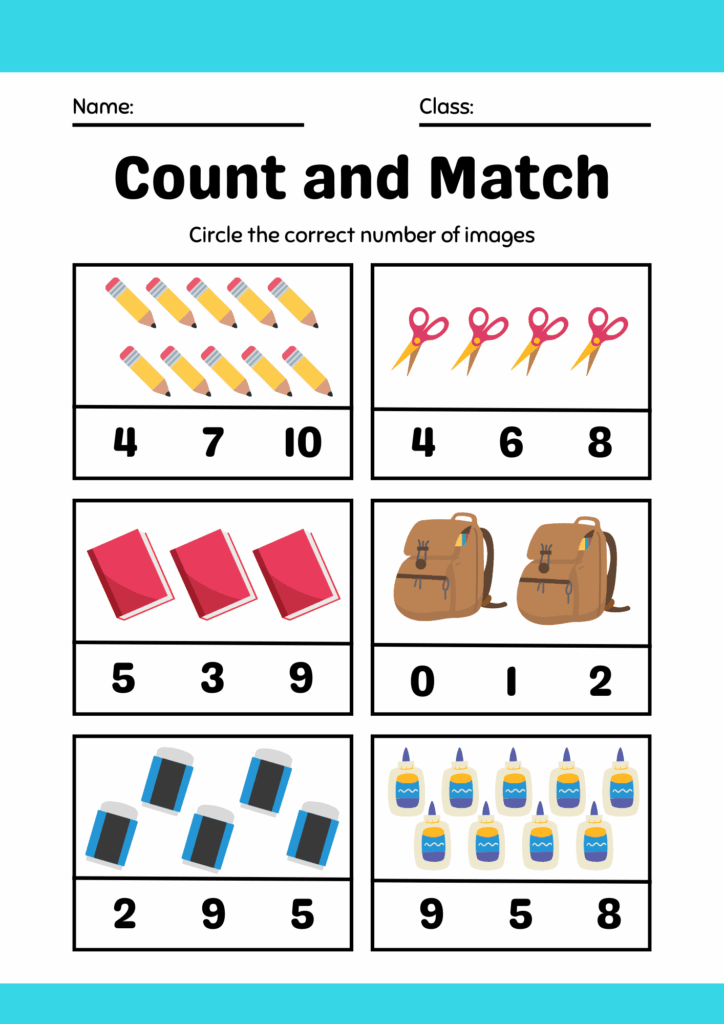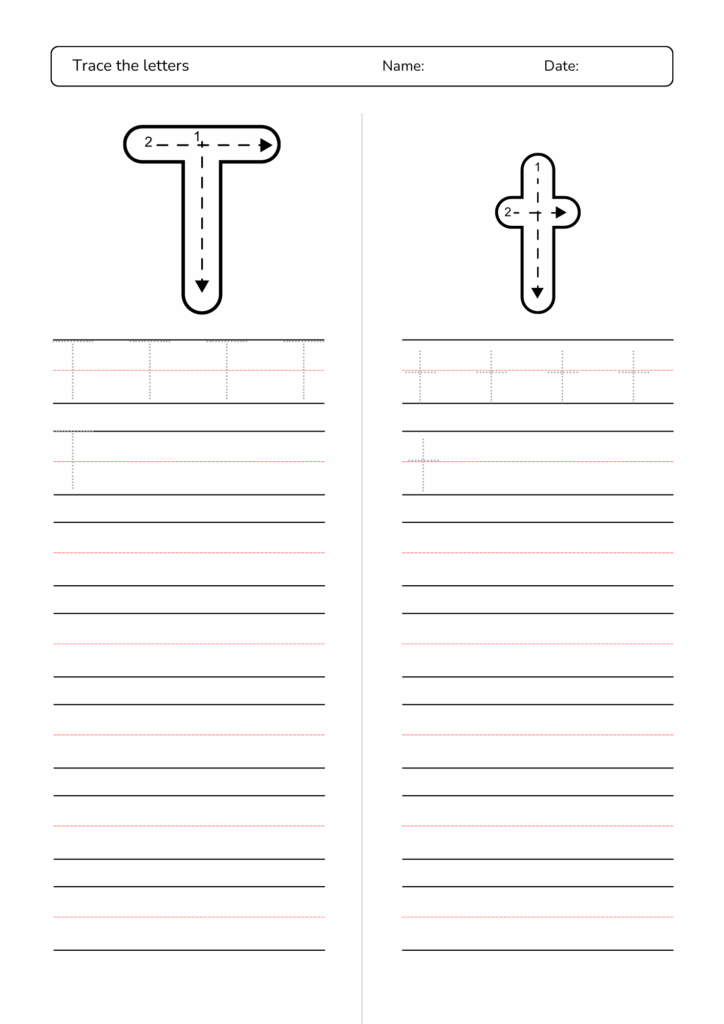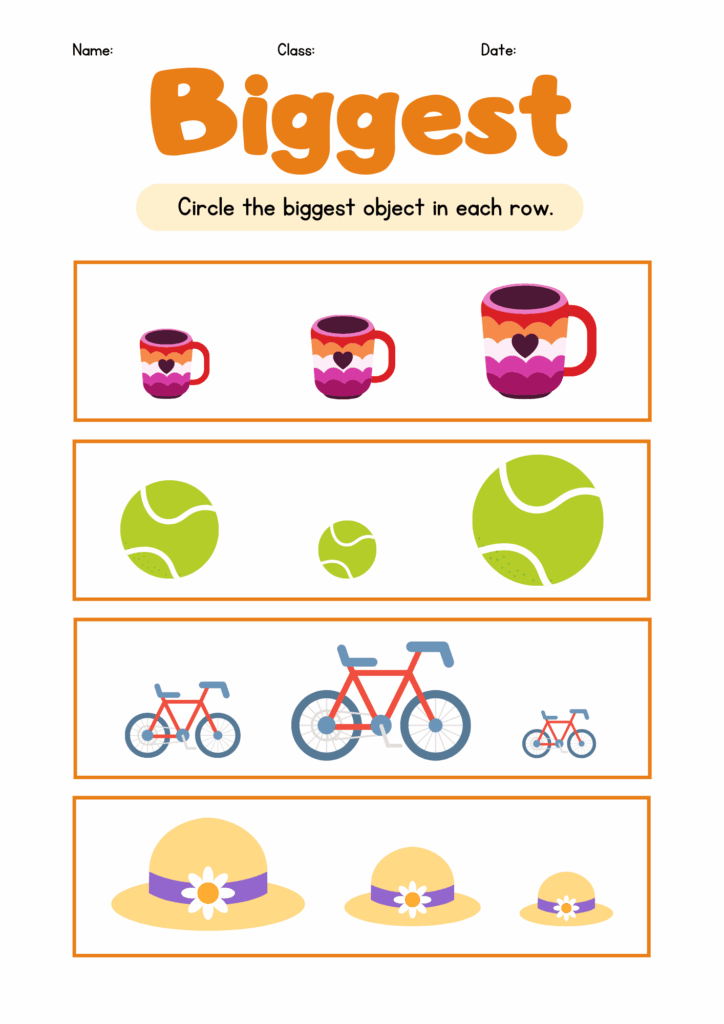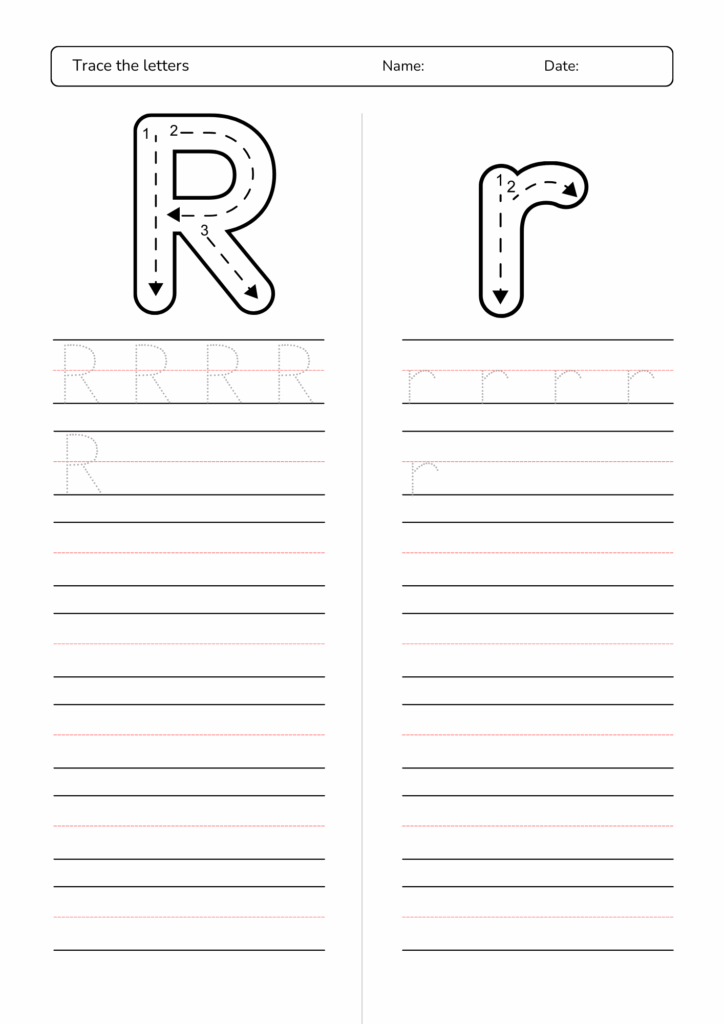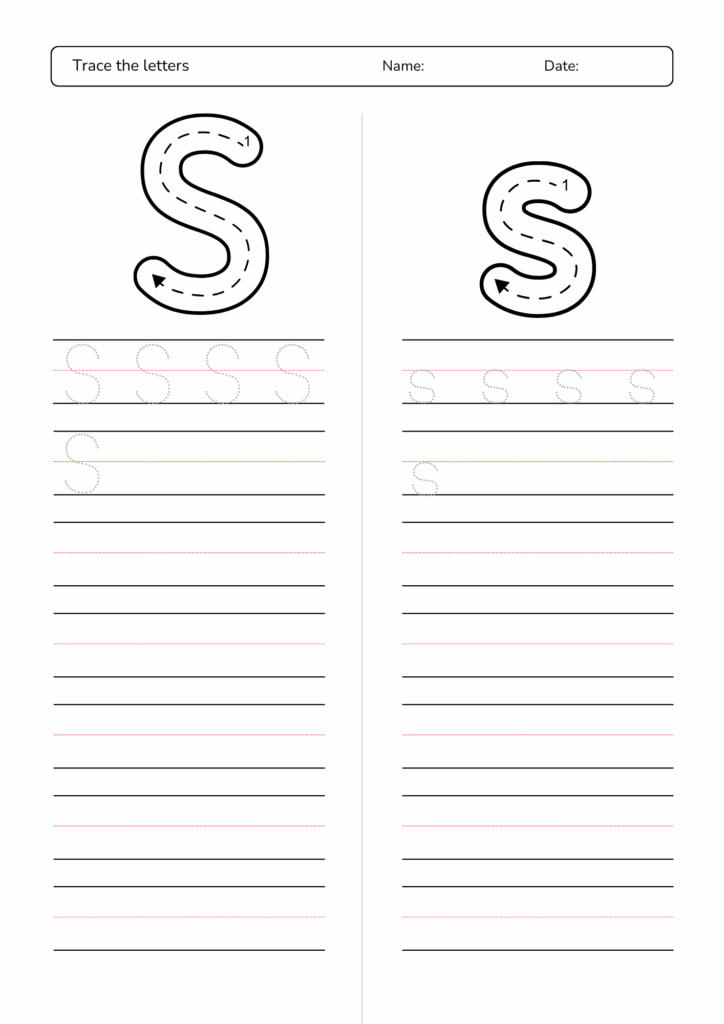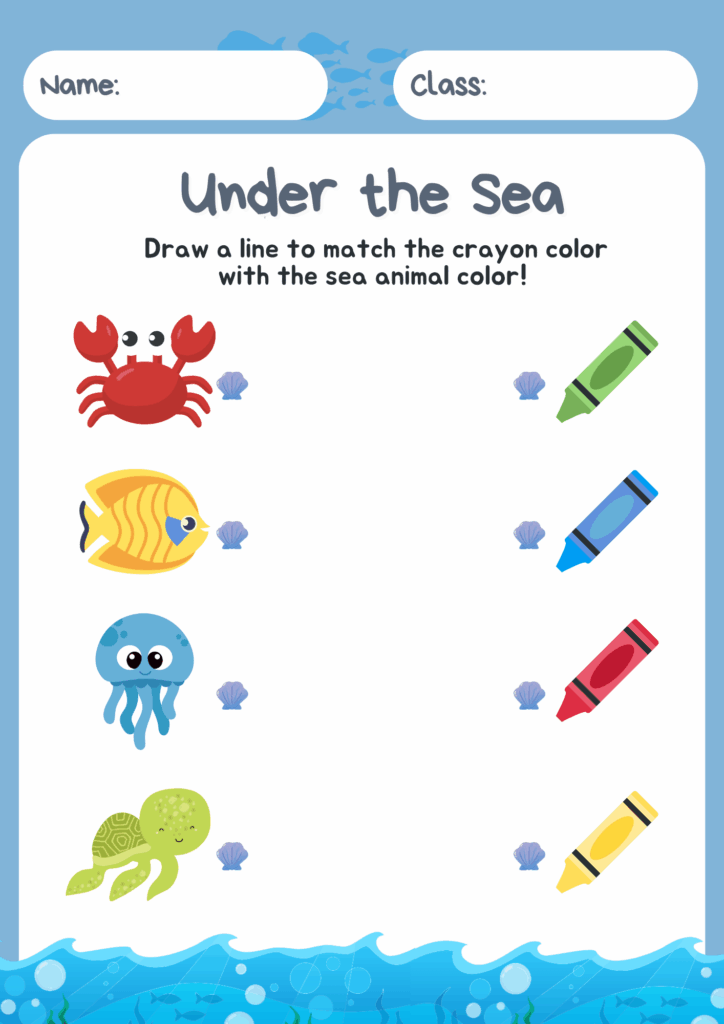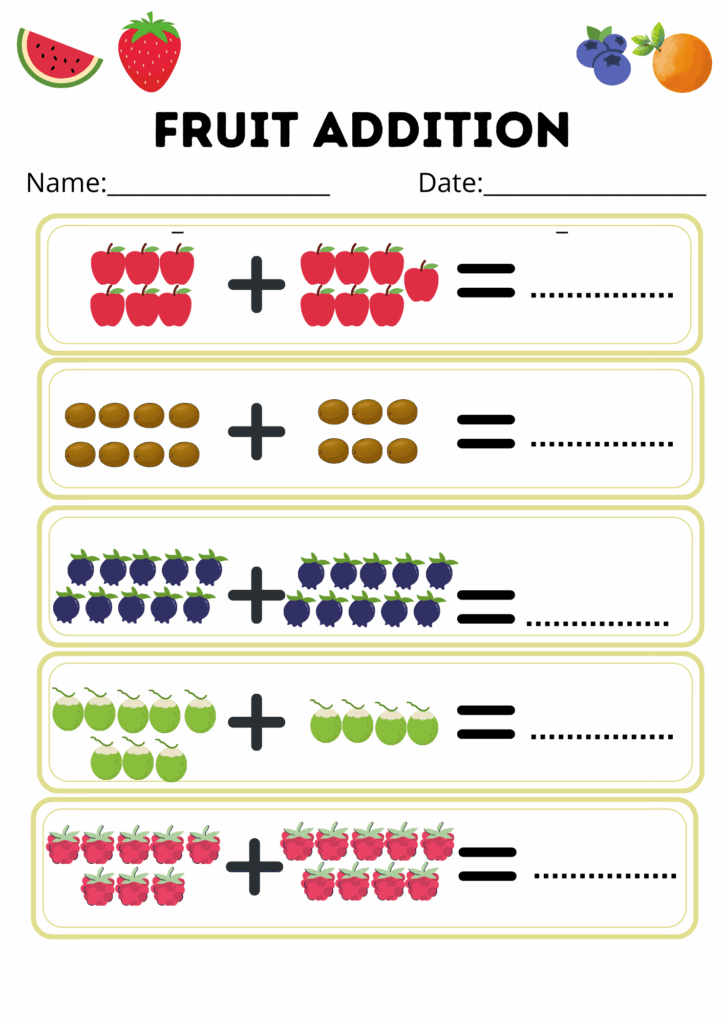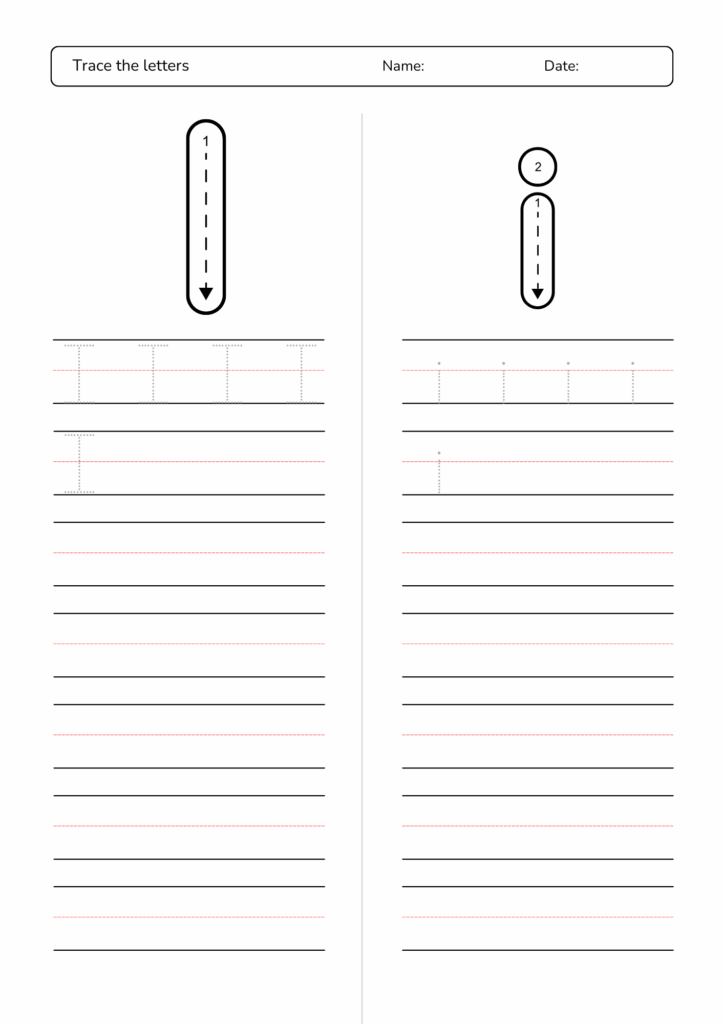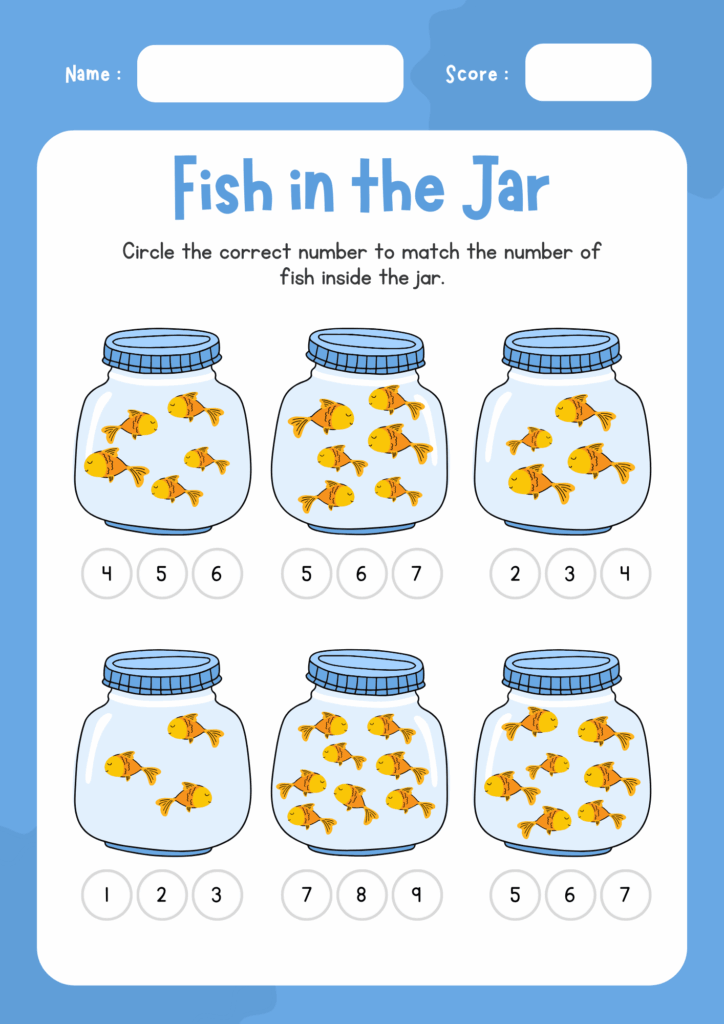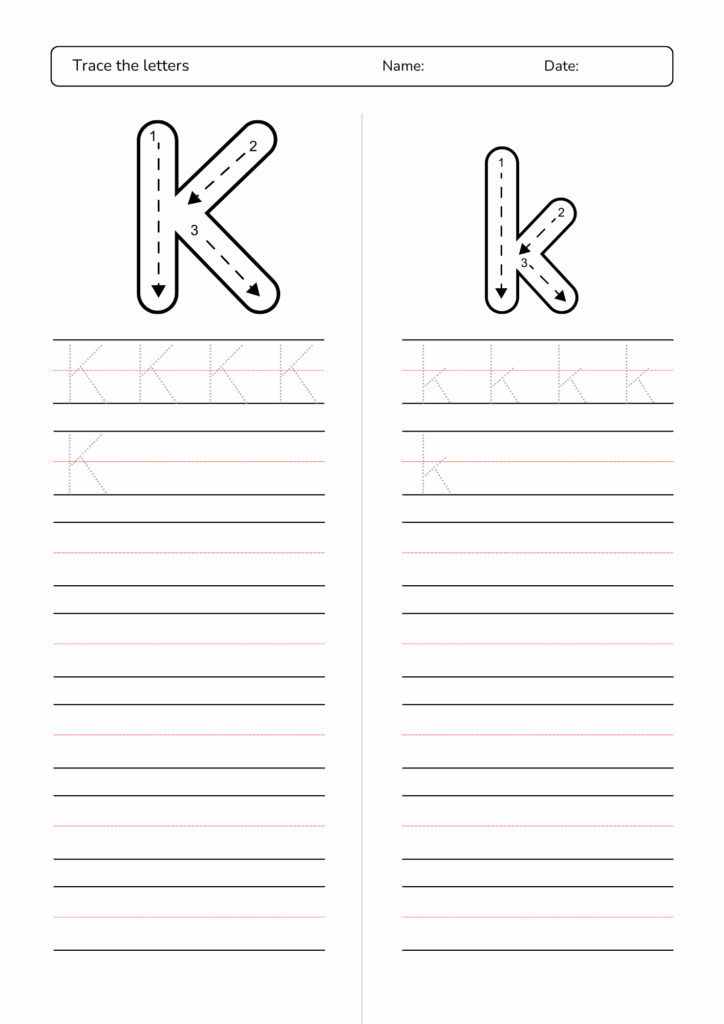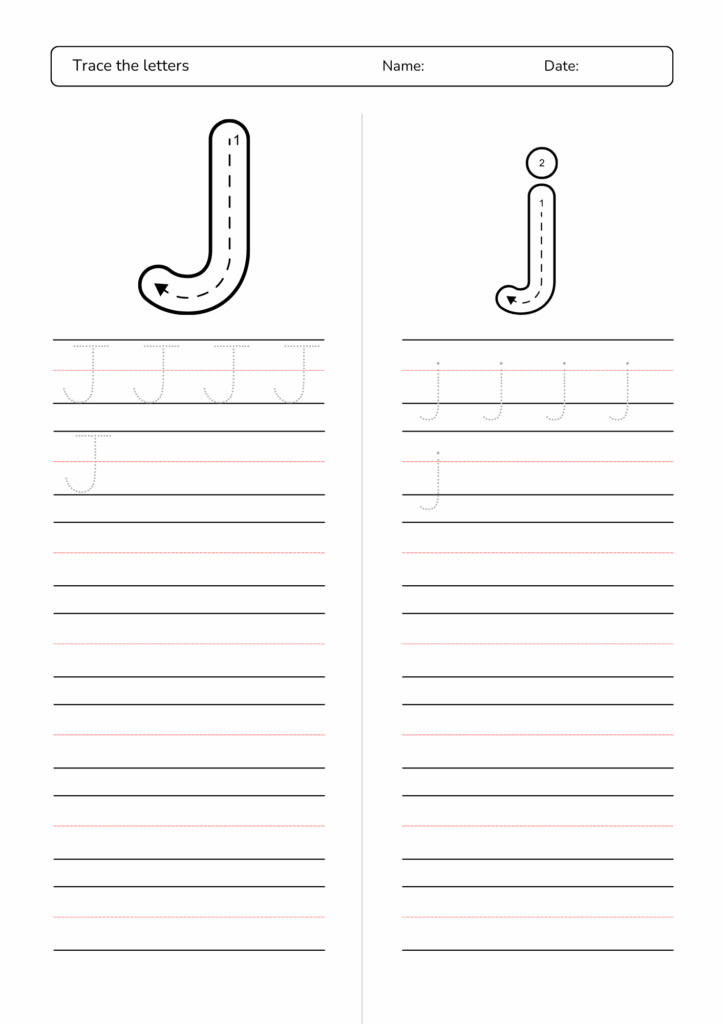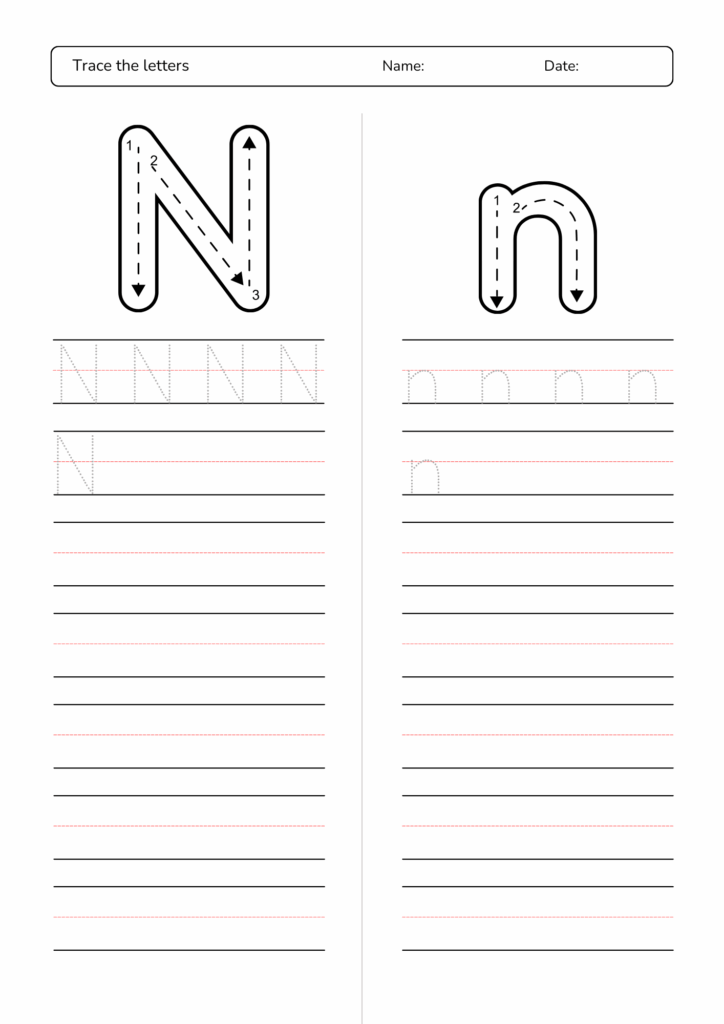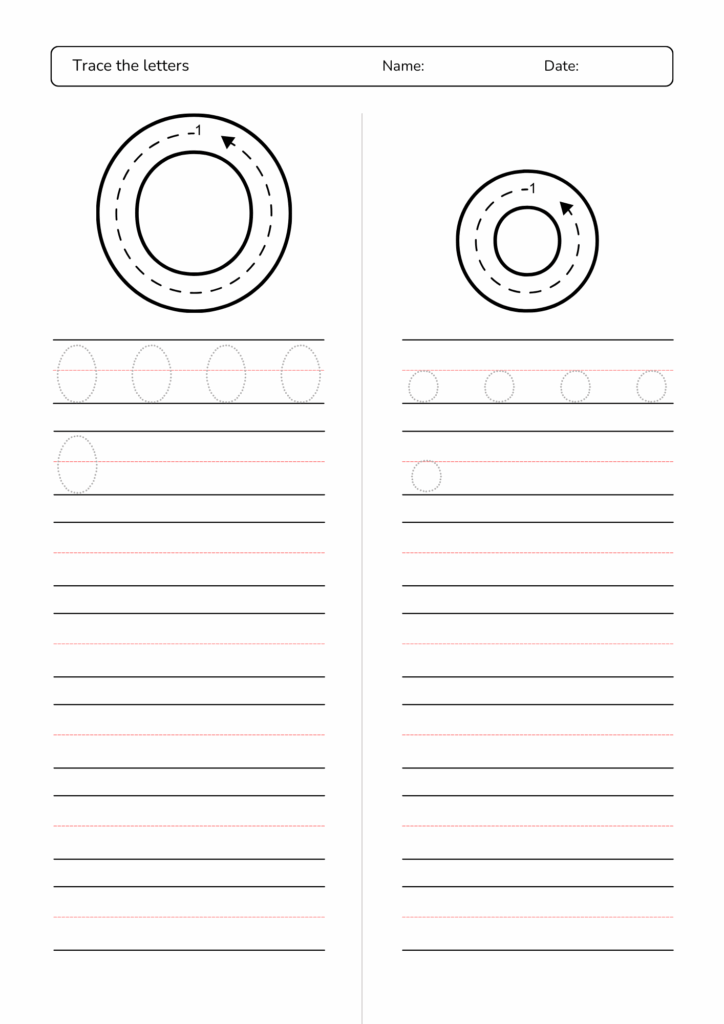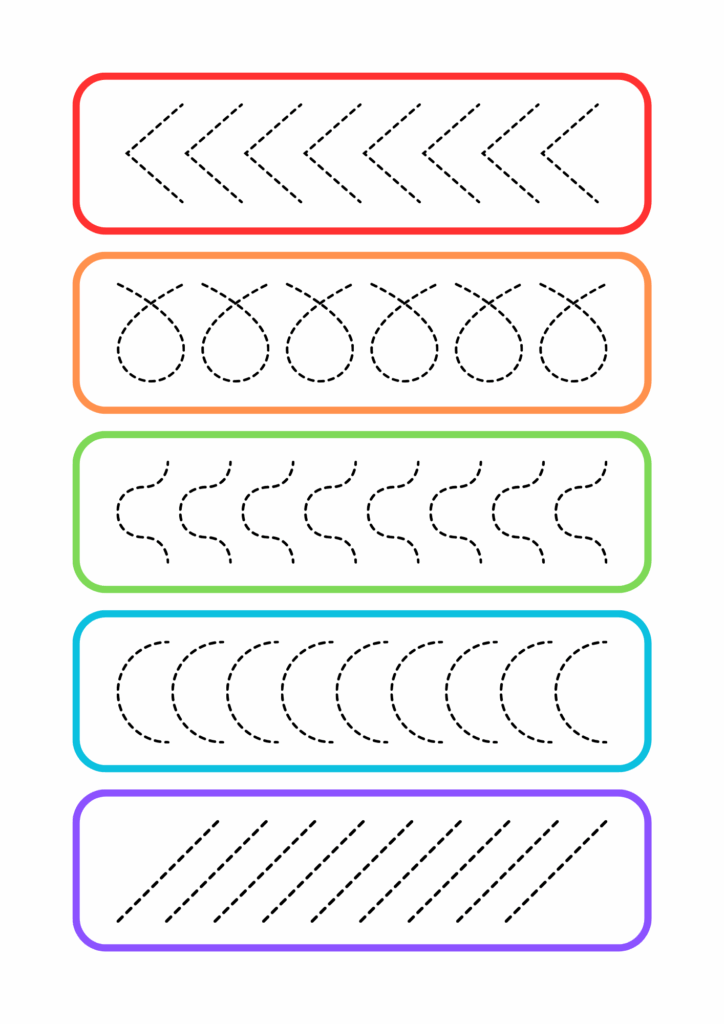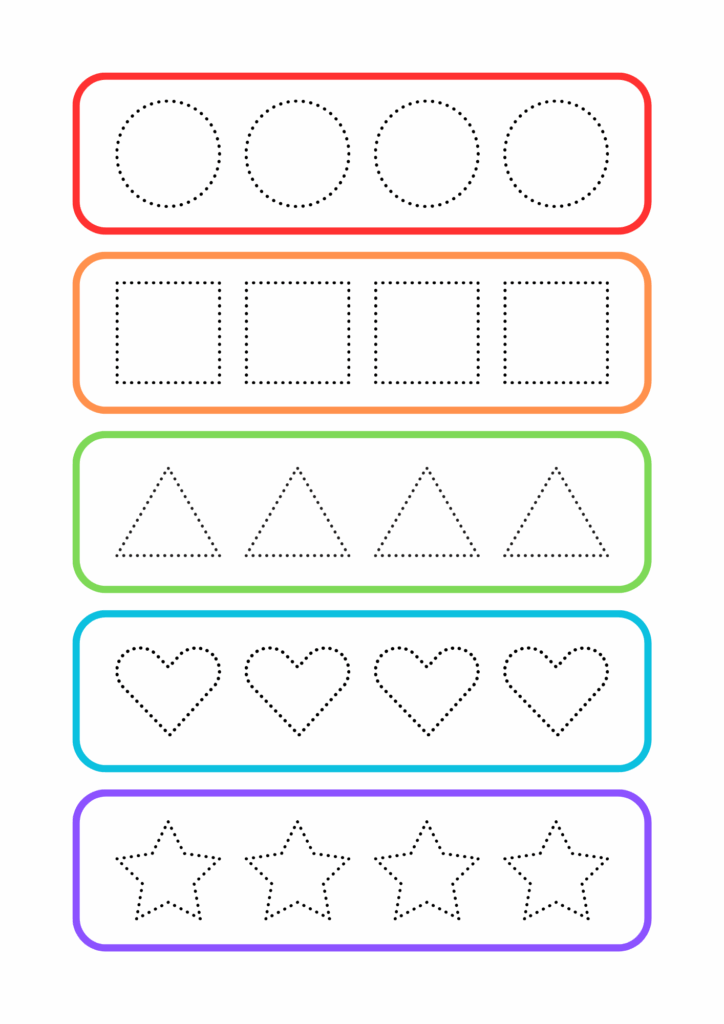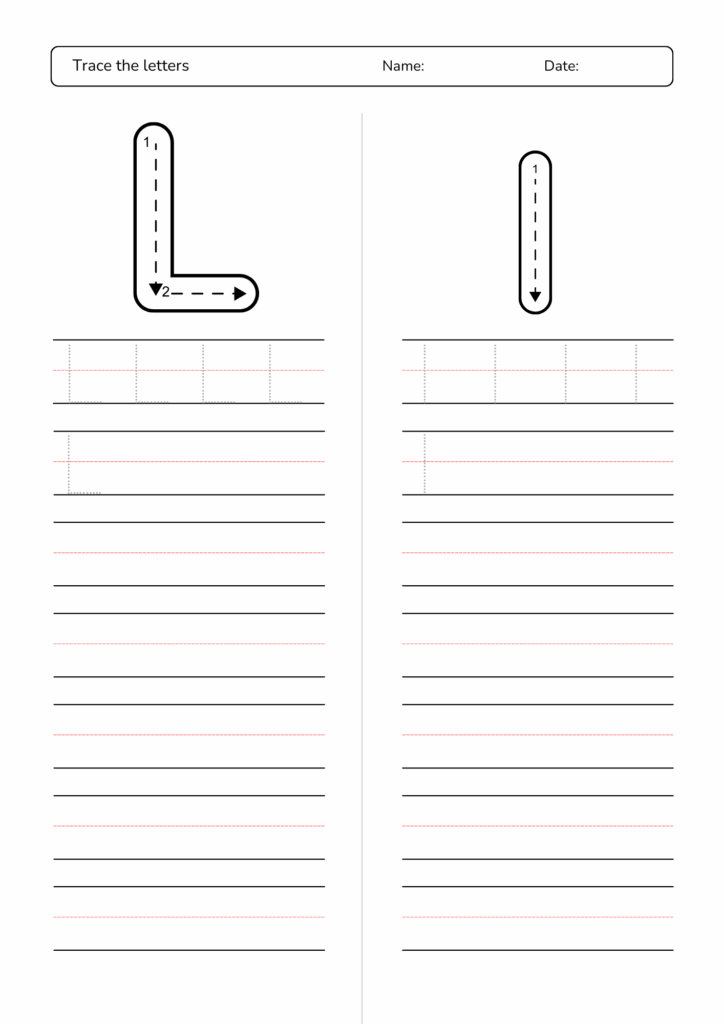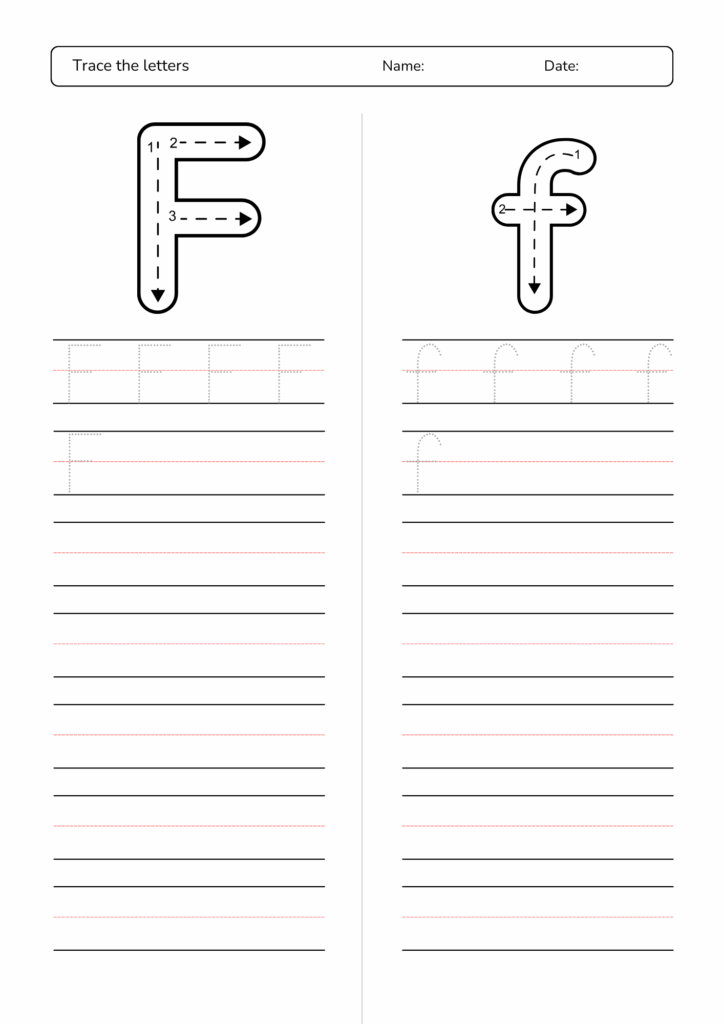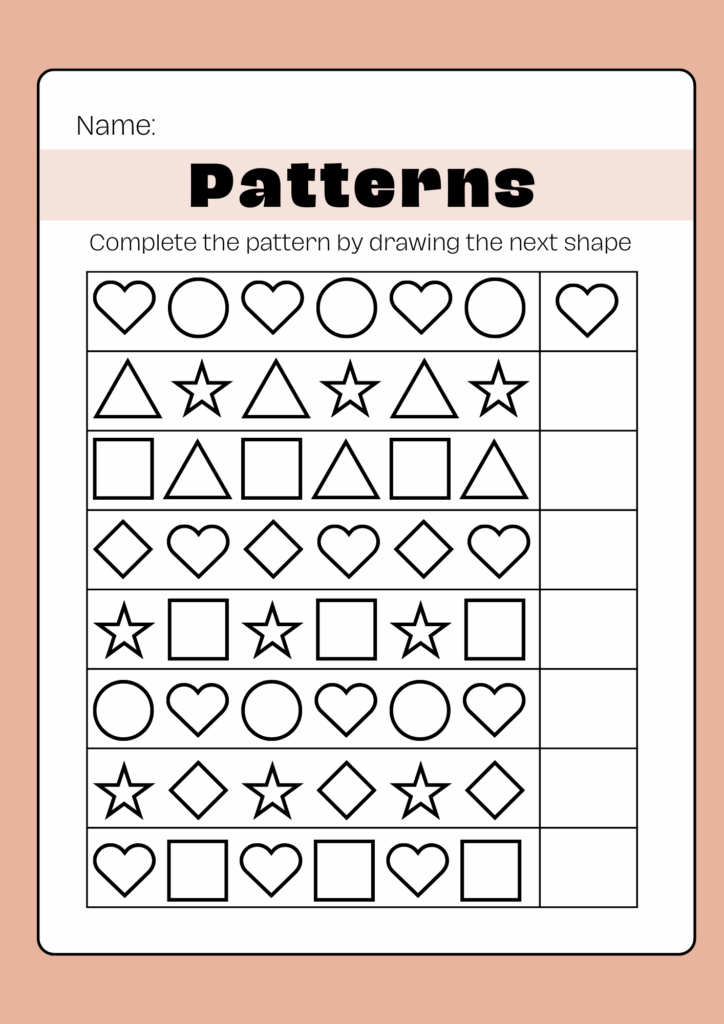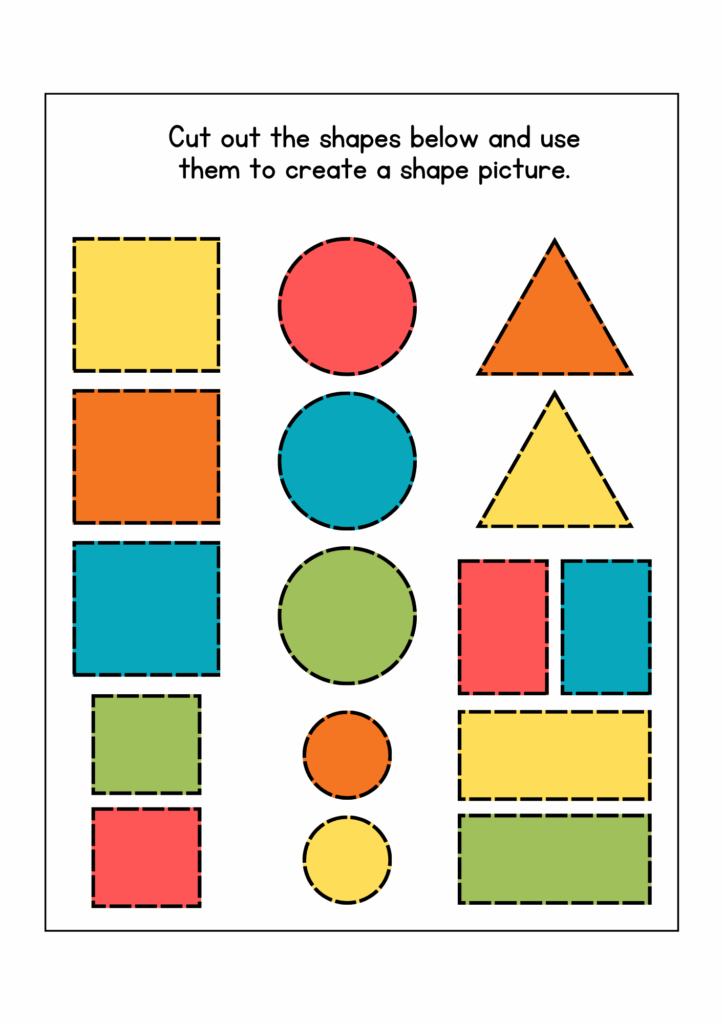Planning a Homeschool Routine That Honors Play (Not Just Academics)
When many parents think of homeschooling preschoolers, they picture workbooks, flashcards, and structured lessons. But here’s the truth: young children learn best when play is at the center of their day. By creating a homeschool routine that honors play—not just academics—you’ll nurture curiosity, confidence, and a lifelong love of learning.
Whether you’re new to homeschooling or refining your preschool routine, this guide will help you strike the right balance between structured academics and the freedom of imaginative play.
Why Play Belongs in Your Homeschool Routine
Play is not “just fun.” It’s how preschoolers explore the world, build social-emotional skills, and practice problem-solving. Research shows that play-based learning supports early literacy, math, and even science concepts. A homeschool schedule that values play alongside academics helps children:
- Develop creativity and imagination
- Strengthen fine and gross motor skills
- Build resilience and confidence
- Connect with learning in meaningful, hands-on ways
By weaving play into your daily rhythm, you’ll reduce stress for both you and your child while keeping learning joyful.
How to Plan a Homeschool Routine That Honors Play
A successful preschool homeschool routine doesn’t have to look like a traditional classroom. Instead, focus on creating a flexible rhythm that alternates between short academic activities and plenty of unstructured playtime.
Here’s a sample routine you can try:
Morning Routine
- Circle time (10–15 minutes): Read a story, sing songs, and talk about the day of the week or weather.
- Academic focus (20 minutes): Short, playful lessons in letters, numbers, or early phonics.
- Free play (30–45 minutes): Building blocks, pretend play, art, or outdoor exploration.
Midday
- Snack + movement (15 minutes): Dance party, yoga, or outside play.
- Learning through play (20–30 minutes): Hands-on math games, science experiments, or sensory bins.
- Quiet time (20 minutes): Independent reading, puzzles, or drawing.
Afternoon
- Project or creative activity (30 minutes): Crafts, cooking, or nature walks.
- Outdoor play (as long as possible): Running, climbing, and exploring.
This structure gives your child a balance of learning and play without feeling overwhelming.
Tips for Blending Play and Academics
- Use themes: Pick a weekly theme (like “Animals” or “Transportation”) and weave it into books, crafts, and pretend play.
- Follow your child’s lead: If they’re building a tower, join in—then sneak in counting or shape recognition.
- Keep lessons short: Preschool attention spans are limited—10–20 minutes of focused learning is plenty.
- Rotate toys and activities: Keep play fresh by swapping out bins or creating themed play stations.
Final Thoughts
Homeschooling preschool doesn’t mean recreating a traditional classroom at home. By planning a homeschool routine that values both academics and play, you’ll give your child the gift of joyful learning. Remember—play is the work of childhood, and it deserves a central role in your homeschool journey.

